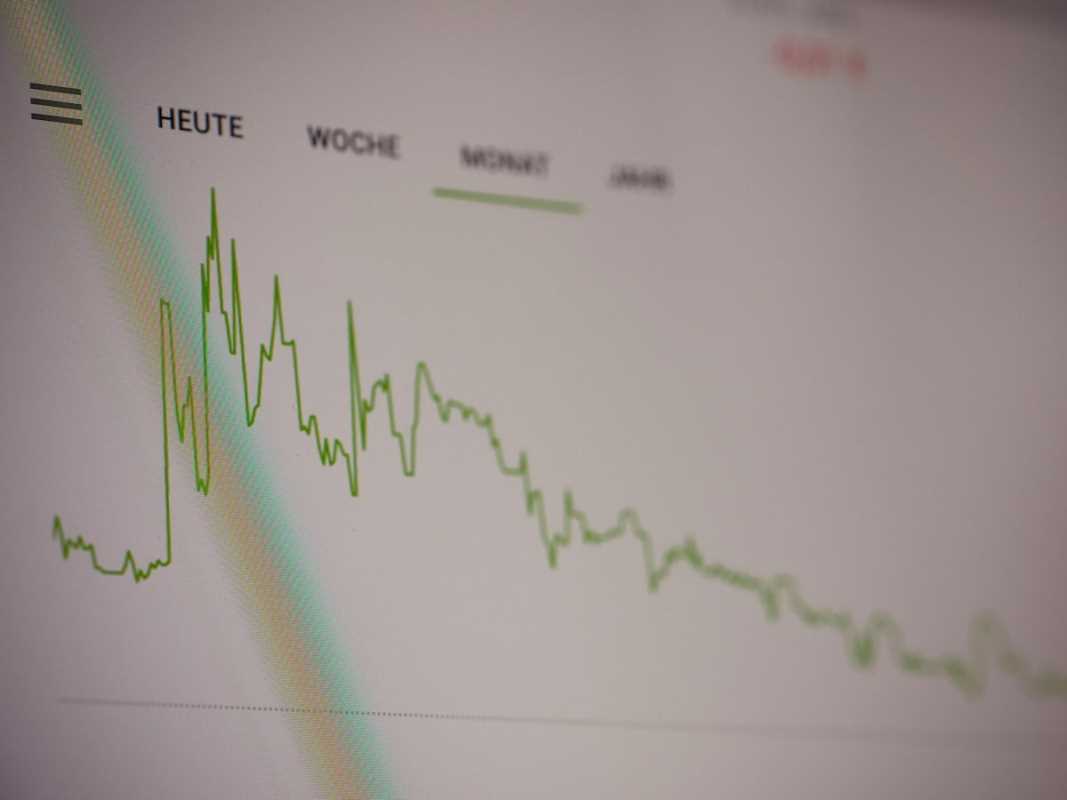Flipping on a financial news channel can feel like walking into a foreign country where you don't speak the language. Tickers scroll by with strange symbols, charts flash with jagged red and green lines, and experts shout jargon like "P/E ratios" and "market volatility." It's enough to make anyone feel overwhelmed and decide the stock market is just too complicated to understand. But what if it's not? The truth is, behind all the noise and complexity, the stock market operates on a few simple, core ideas. Once you grasp these basics, the entire world of investing becomes much less intimidating and far more accessible. You don't need a special degree or a secret password; you just need a clear guide to get started.
What is a Stock, Really?
At its heart, a stock is simply a small piece of ownership in a public company. When you buy a stock, you are not just buying a digital symbol on a screen; you are becoming a part-owner of that business. If you buy a share of a company that makes your favorite sneakers or smartphone, you officially own a tiny fraction of that company's factories, brand, and future profits. As a part-owner, or shareholder, you have a claim on the company's assets and earnings. If the company does well and grows over time, the value of your ownership piece can also grow. This is the fundamental concept that makes the stock market a powerful tool for building wealth.
Exchanges, Indexes, and Stock Prices
So where do you buy these stocks? They are bought and sold on stock exchanges, which are organized marketplaces like the New York Stock Exchange (NYSE) or the Nasdaq. These exchanges act as a central hub where buyers and sellers can meet to trade shares in a fair and orderly way. You'll often hear news reporters talk about market indexes like the S&P 500 or the Dow Jones Industrial Average. These are not stocks you can buy directly; they are scorecards that track the performance of a specific group of stocks, giving you a quick snapshot of how the overall market is doing. The price of an individual stock is determined by supply and demand. If more people want to buy a stock than sell it, the price goes up. If more people want to sell than buy, the price goes down.
Why Companies Issue Stock
Companies need money to grow. They might need to build new factories, hire more employees, or invent new products. One way to raise this money is by "going public," which means selling off pieces of ownership to investors in the form of stock. This initial sale is called an Initial Public Offering, or IPO. For investors, there are two primary ways to make money from owning stocks. The first is through capital appreciation, which is when the stock's price increases over time and you can sell it for more than you paid. The second is through dividends. Some companies choose to share a portion of their profits directly with their shareholders, paying them a regular cash payment just for owning the stock.
Investing vs. Trading
It's important to understand the difference between long-term investing and short-term trading. Investing is about buying a piece of a great business and holding it for years, or even decades, with the belief that the company will grow and become more valuable over time. It's a patient, long-term strategy focused on building wealth slowly and steadily. Trading, on the other hand, is a much more active and short-term approach. Traders try to profit from small, rapid price movements, often buying and selling stocks within days, hours, or even minutes. While it can sound exciting, trading is extremely difficult and risky, and most people find more success with a long-term investing mindset.
Diversification and Managing Risk
You've probably heard the saying, "Don't put all your eggs in one basket." This is the core idea behind diversification. Investing all your money into a single company's stock is very risky. If that one company runs into trouble, you could lose a significant amount of your investment. Diversification means spreading your money across many different stocks in various industries. This way, if one of your investments performs poorly, its negative impact is cushioned by the rest of your holdings. The easiest way for a beginner to achieve instant diversification is by investing in a low-cost index fund or ETF, which holds small pieces of hundreds or thousands of different companies in one simple package.
How to Read a Stock Quote
When you look up a stock online, you'll see a lot of numbers. Let's break down a few of the most common ones in simple terms. The market capitalization, or "market cap," tells you the total value of all of a company's shares. It's a quick way to gauge the size of the company. The P/E ratio, or price-to-earnings ratio, compares the company's stock price to its recent earnings. It can give you a rough idea of whether a stock is expensive or cheap compared to its peers. Volume tells you how many shares were traded that day, indicating how much interest there is in the stock. Finally, the 52-week range shows you the highest and lowest prices the stock has traded at over the past year.
Placing Your First Order
When you're ready to buy a stock, you'll need to place an order through your brokerage account. The simplest type is a market order, which tells your broker to buy the stock immediately at the best available current price. This is fine for large, stable companies. A limit order gives you more control. You set a specific price you are willing to pay, and the order will only execute if the stock's price hits your target or lower. A stop order, often called a stop-loss, is an instruction to sell a stock if its price falls to a certain level, which can help limit potential losses. While some platforms allow after-hours trading, it's generally best for beginners to stick to trading during regular market hours when there is more activity.
Account Types and Tax Basics
To start investing, you will need a brokerage account. For many people, a great place to start is with a tax-advantaged retirement account like a Roth IRA or a Traditional IRA. These accounts offer significant tax breaks that can help your money grow much faster over the long term. Any profits you make from selling stocks in a regular, taxable brokerage account are subject to capital gains tax. The amount of tax you pay depends on how long you held the investment. The government encourages long-term investing by taxing investments held for more than a year at a lower rate than those held for less than a year.
Building a Simple Beginner Plan
Getting started doesn't have to be complex. First, define your financial goals and your timeline. Are you investing for retirement in 40 years or for a goal 10 years away? Next, open an appropriate investment account. For long-term goals, a Roth IRA is often an excellent choice. Then, instead of trying to pick individual stocks, consider starting with a low-cost, broadly diversified index fund, like one that tracks the S&P 500. Finally, make it automatic. Set up regular, recurring contributions from your bank account every month. This strategy, known as dollar-cost averaging, ensures you are investing consistently and takes the emotion out of the process.
Key Mistakes to Avoid
As you begin your investing journey, be aware of a few common pitfalls. One of the biggest is chasing "hot tips" from friends or a news story. This often leads to buying a stock after its price has already shot up. Another major mistake is panic selling. When the market inevitably has a downturn, it can be tempting to sell everything to stop the losses. However, history has shown that the market always recovers, and selling in a panic locks in your losses and makes you miss the rebound. The best approach is to create a solid plan and have the discipline to stick with it.
 (Image via
(Image via





